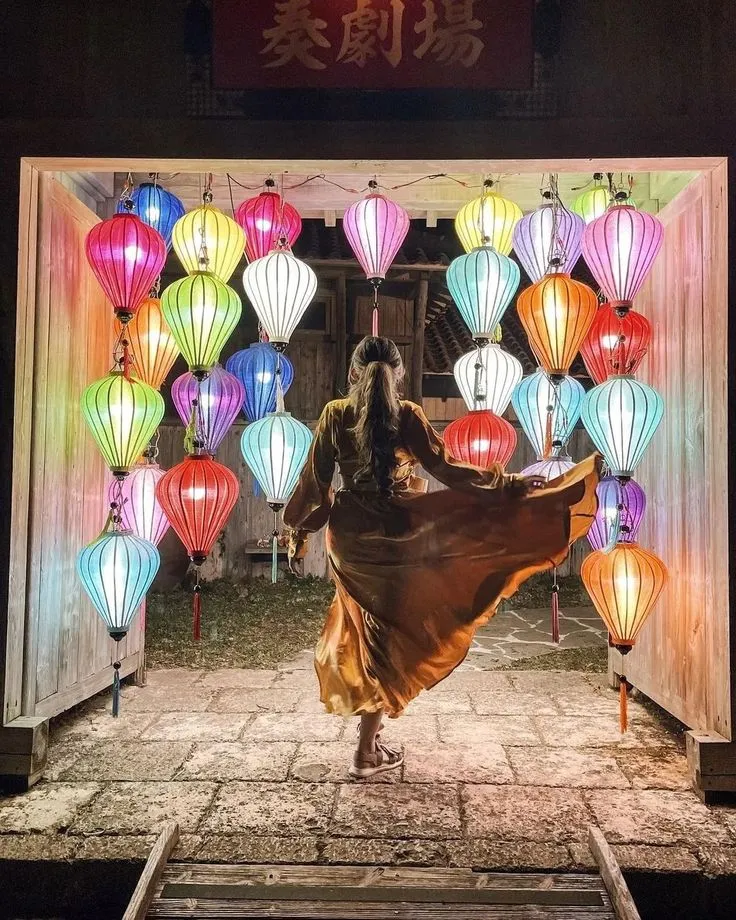The Colorful History and Vibrant Culture of Okinawa
Introduction
Okinawa, a prefecture of Japan located in the East China Sea, is renowned for its rich history and vibrant culture. With a unique blend of Ryukyuan, Chinese, and Japanese influences, Okinawa offers a fascinating glimpse into the past while also showcasing a modern and dynamic society.
Historical Background
Okinawa’s history dates back thousands of years, with evidence of human habitation on the islands as far back as the Paleolithic era. The Ryukyu Kingdom, which ruled Okinawa from the 15th to the 19th century, played a pivotal role in shaping the region’s culture and traditions. The kingdom’s strategic location along trade routes between China, Japan, and Southeast Asia allowed for the exchange of goods, ideas, and customs.
Cultural Influences
Okinawan culture is a vibrant tapestry woven from various influences, including Ryukyuan, Chinese, and Japanese traditions. The island’s unique performing arts, such as traditional dance and music, showcase this eclectic blend of influences. The Okinawan language, known as Uchinaaguchi, is also distinct from standard Japanese and reflects the region’s diverse heritage.
Traditional Crafts
Okinawa is renowned for its traditional crafts, including pottery, textiles, and lacquerware. The region’s artisans have honed their skills over generations, creating exquisite works of art that reflect Okinawa’s natural beauty and cultural heritage. Visitors can explore local markets and workshops to witness these crafts firsthand and even purchase souvenirs to take home.
Cuisine
Okinawan cuisine is a delicious fusion of flavors and ingredients, with a focus on fresh seafood, tropical fruits, and vegetables. Signature dishes such as goya champuru (bitter melon stir-fry) and Rafute (braised pork belly) highlight the region’s unique culinary traditions. Visitors can sample these dishes at local restaurants and food stalls, immersing themselves in Okinawa’s gastronomic delights.
World War II and the Battle of Okinawa
During World War II, Okinawa was the site of one of the bloodiest battles in the Pacific theater. The Battle of Okinawa, which lasted from April to June 1945, resulted in the loss of thousands of lives and widespread destruction on the island. Today, Okinawa’s Peace Memorial Park serves as a poignant reminder of the war’s impact and a tribute to those who lost their lives.
Modern Okinawa
In the decades following World War II, Okinawa underwent rapid economic development and modernization. The region’s stunning natural landscapes, including pristine beaches and lush forests, have made it a popular destination for tourists seeking relaxation and adventure. Okinawa’s unique blend of tradition and modernity continues to attract visitors from around the world.
Conclusion
Okinawa’s colorful history and vibrant culture make it a truly unique destination in Japan. From its ancient Ryukyuan roots to its modern-day attractions, Okinawa offers a captivating blend of tradition and innovation. Whether exploring historical sites, enjoying traditional cuisine, or basking in the island’s natural beauty, visitors to Okinawa are sure to be enchanted by its charm and allure.
#Colorful #History #Vibrant #Culture #Okinawa

